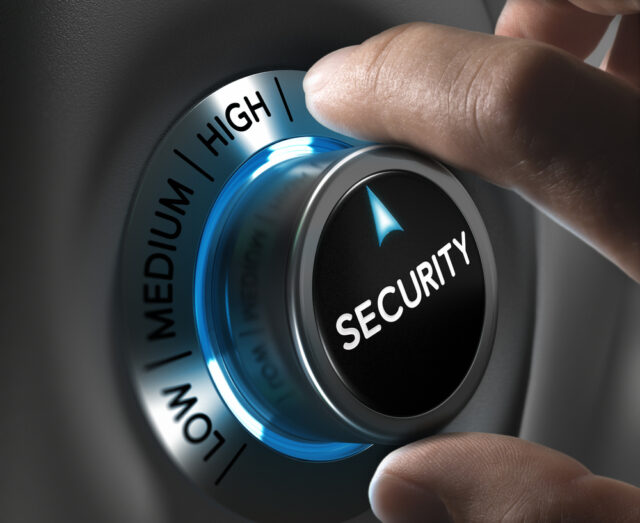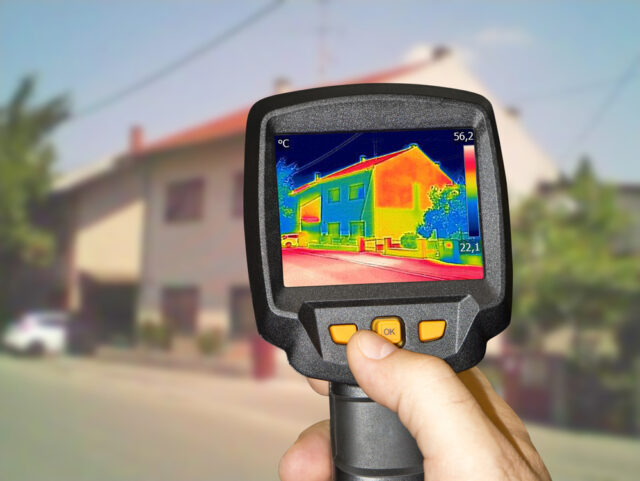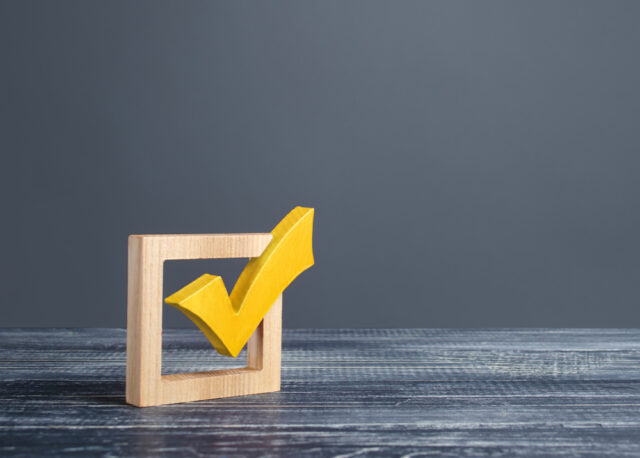
Perimeter security: protection with thermal imaging and video analytics
The demand by security services for visual inspection and perimeter intrusion detection is extremely high. But installing video surveillance alone will not solve the problem 100%.
In this article, we will show you how to use thermal imaging cameras for video surveillance and how to increase situational awareness at your facility.
What is perimeter security?
Any private area belongs to someone, so facilities are often restricted to unauthorized persons. For example, only employees and visitors can enter an office building via contactless access, as long as the rules of entry have been followed. Unauthorized people who don’t work here and didn’t come to a meeting can’t enter the property.
To avoid hiring security staff, video surveillance is used at the facility. It helps to detect intrusions, visually verify violations and capture valuable images.
Thus, perimeter security is a technological solution to control the entry of unwanted persons into the territory and simplifies the handling of conflict situations.
How to increase perimeter security?
Firstly, when choosing cameras for video surveillance, we recommend paying attention to devices that support the standard “ONVIF”. This will simplify the process of integrating the system if necessary.
Secondly, to make the perimeter security system work better, there are 2 tips. Let’s take a closer look at them.
Situational awareness through video analytics
Video analytics in video surveillance increases perimeter security by at least 2-fold, as the surveillance system can now not only shoot, but also:
- analyze the information received from cameras;
- send notification messages about detected infringements;
- to self-learn;
- recognize faces;
- check the new information against the old information in the storage.
As a result, thanks to analytics, the owner will know the real situation at the perimeter online and 24 hours a day.
Increased productivity with thermal imaging cameras
Every living thing radiates heat. The human eye is not able to see the thermal field visually. But today’s thermal imaging cameras can measure the temperature and detect the difference between an object and its surroundings.
With this feature, the resulting image will have a contrasting “spot” where the person or animal is brighter and the rest of the environment is “colder”.
While video analytics increases overall awareness, thermal imaging additionally minimizes false alarms. It will show whether it is a person has entered the area or a bird that has flown past the camera.
For more information about the advantages of this technology, see the article “TOP 8 indisputable advantages of thermal video surveillance systems“.
How to choose a thermal imaging camera. 6 rules for choosing a thermal imaging camera
In addition to the usual tips for choosing a device, such as a good manufacturer, reviews, etc., you need to consider the following 6 rules:
- built-in video analytics. This will facilitate the process of creating a “smart” security system and integration of cameras;
- image stability. The thermal camera should not vibrate from weather conditions, as unnecessary movement reduces the quality of the shooting and reduces the overall performance to zero;
- panoramic shooting and tilting. This allows you to expand the range of shooting and increase the percentage of situational awareness;
- ability to distinguish a person in the image from extraneous objects, animals, birds, etc. This minimizes the percentage of false alarms;
- choosing the right range. Thermal imager should be bought with the characteristics that fit the nature of the object, that is, the range and coverage should match the territory.
In order not to make a mistake in choosing the right equipment, you should first think through a video surveillance plan.
powerful processor. If the user needs video detail, the thermal imager should not compress the received files.
Conclusion
Part 1 of this article on perimeter security is finished. We will continue in part 2 where we will discuss the security of commercial sites during a pandemic.








